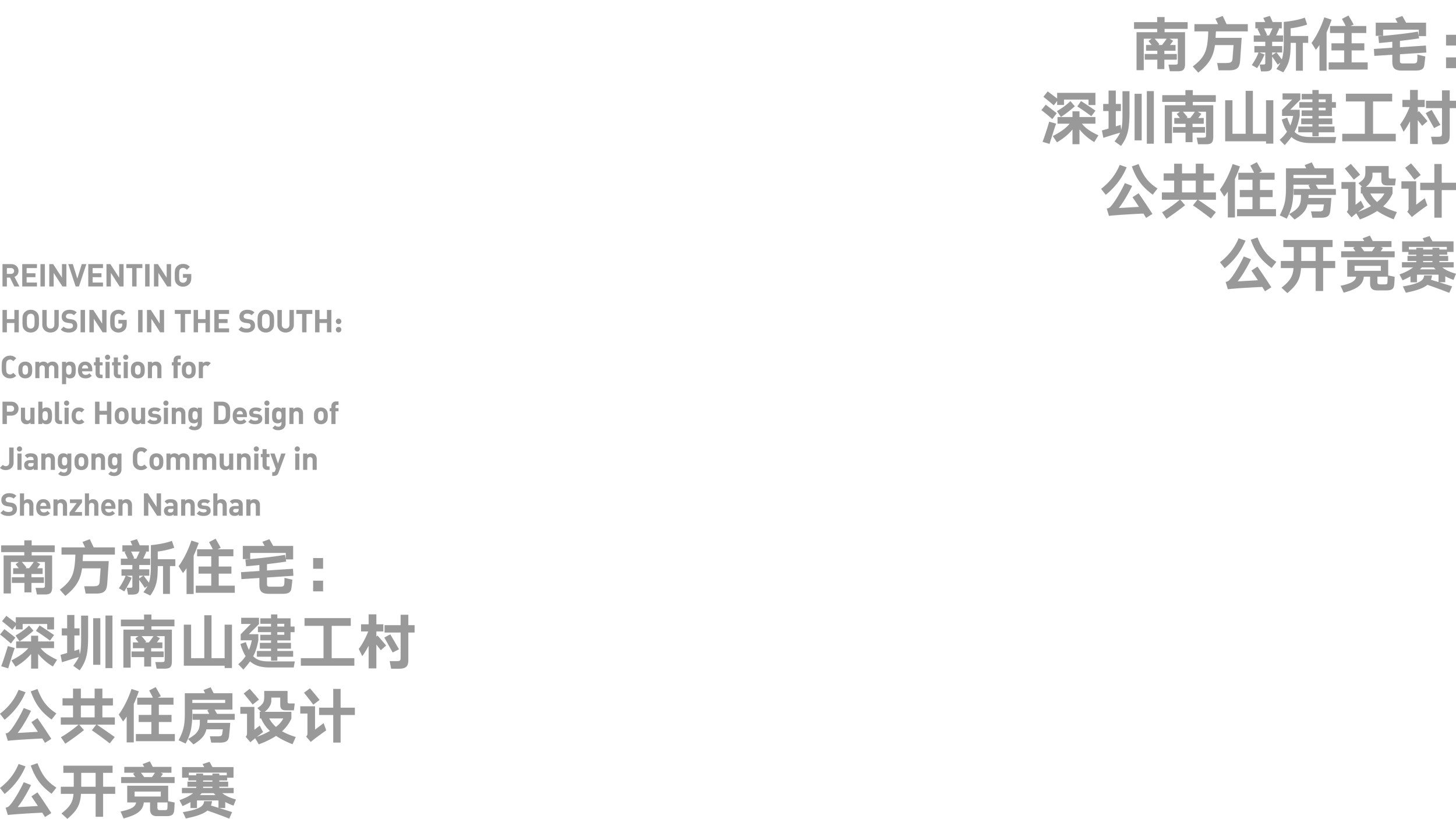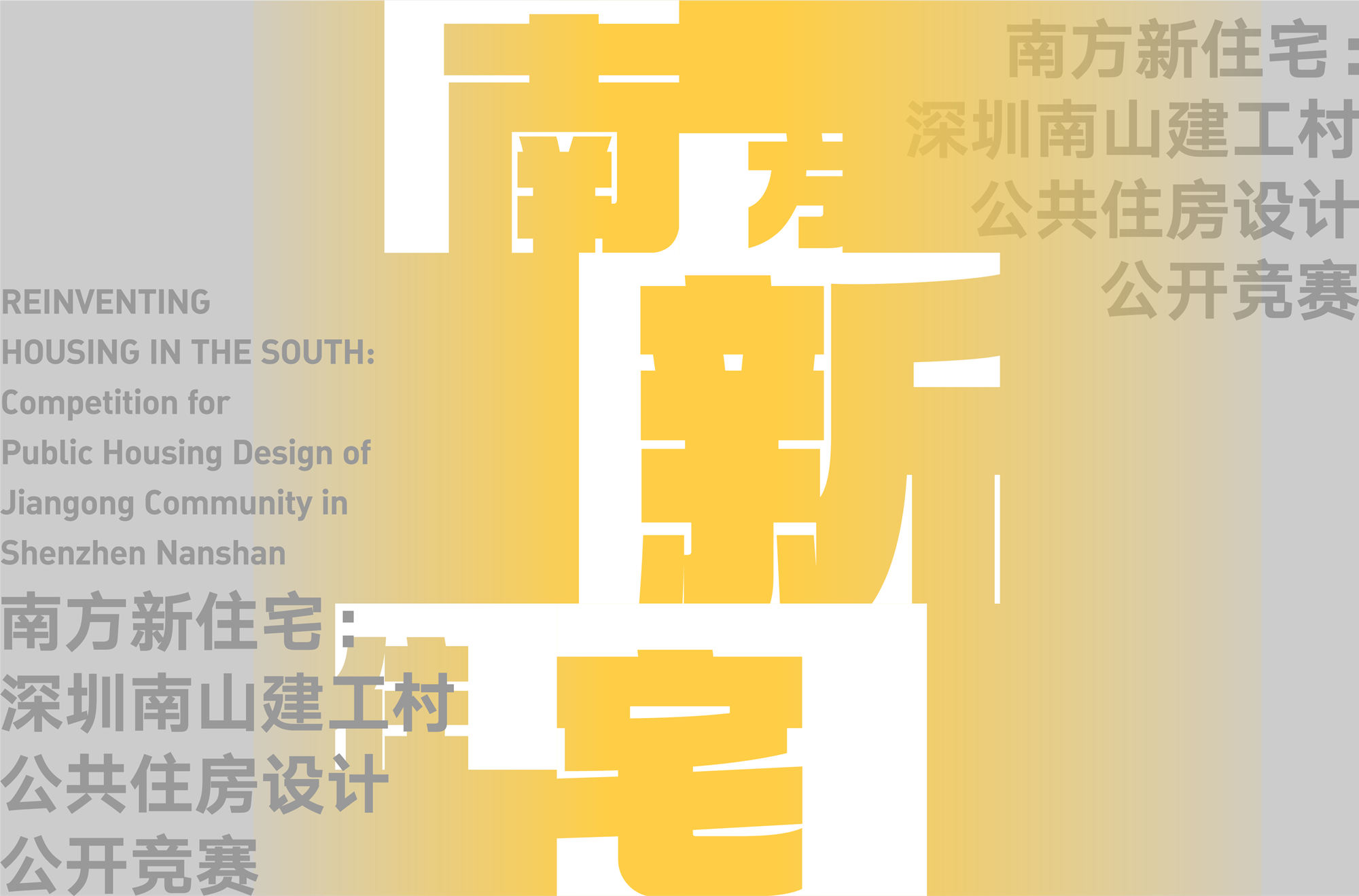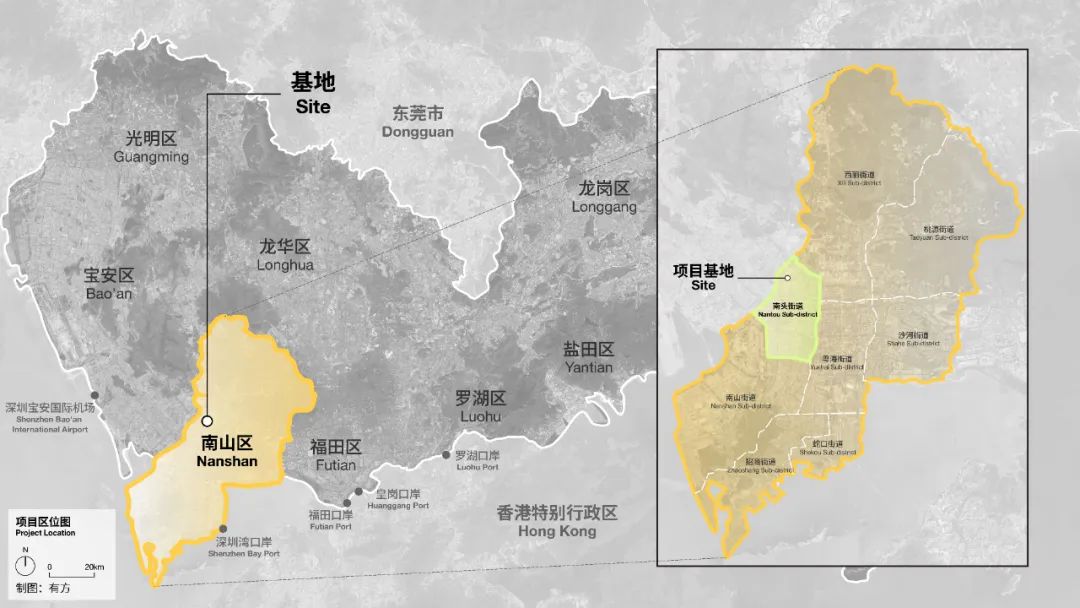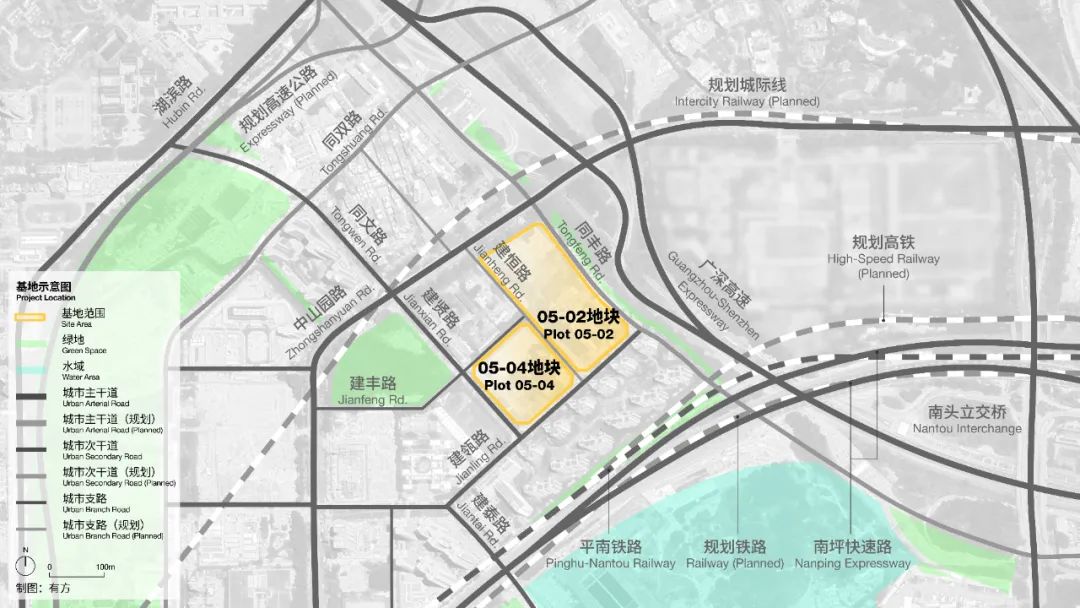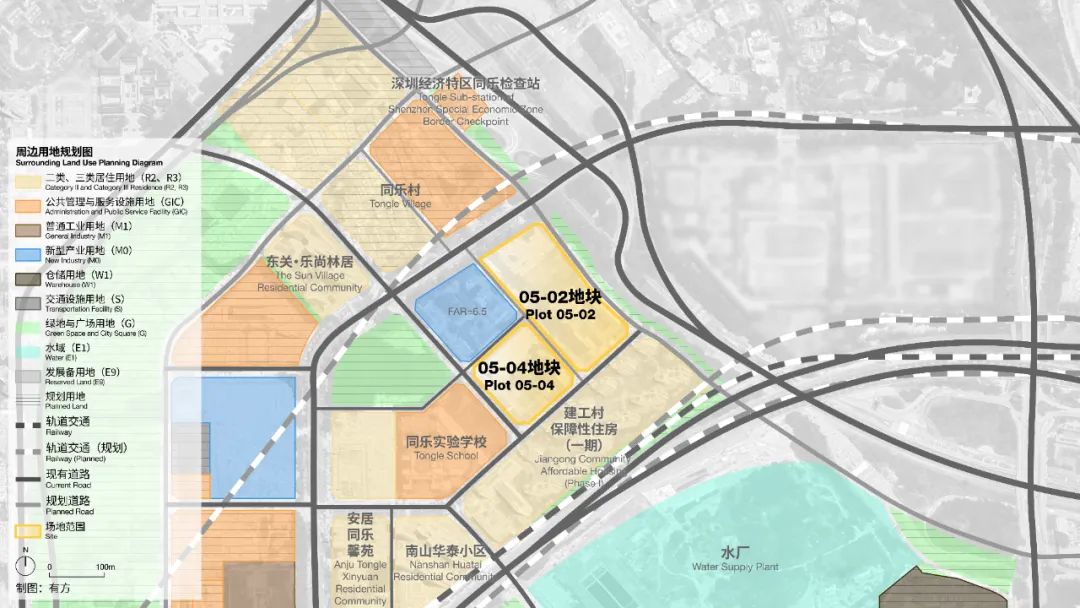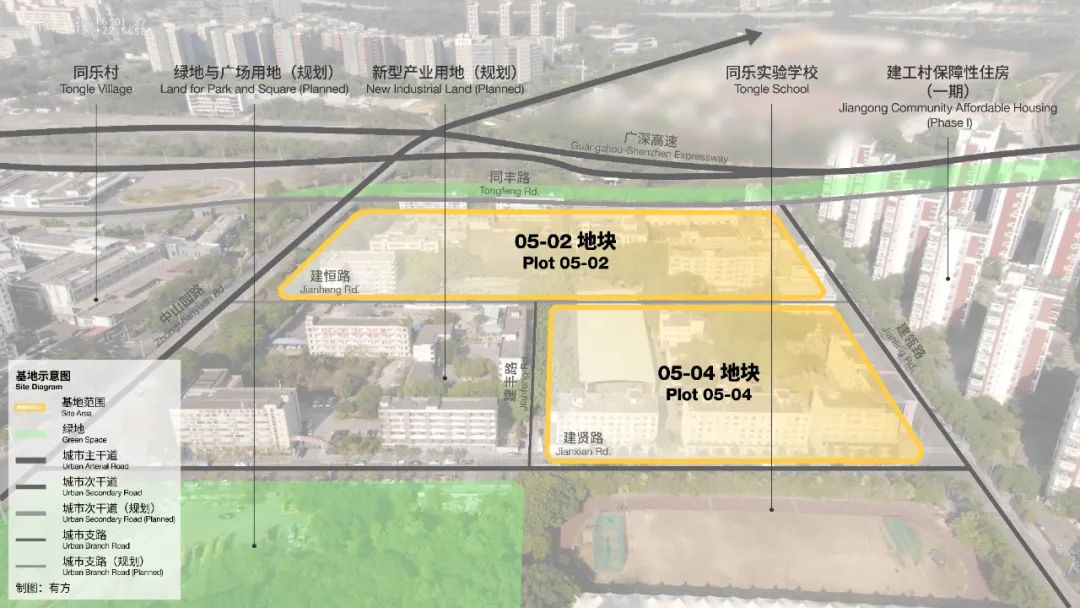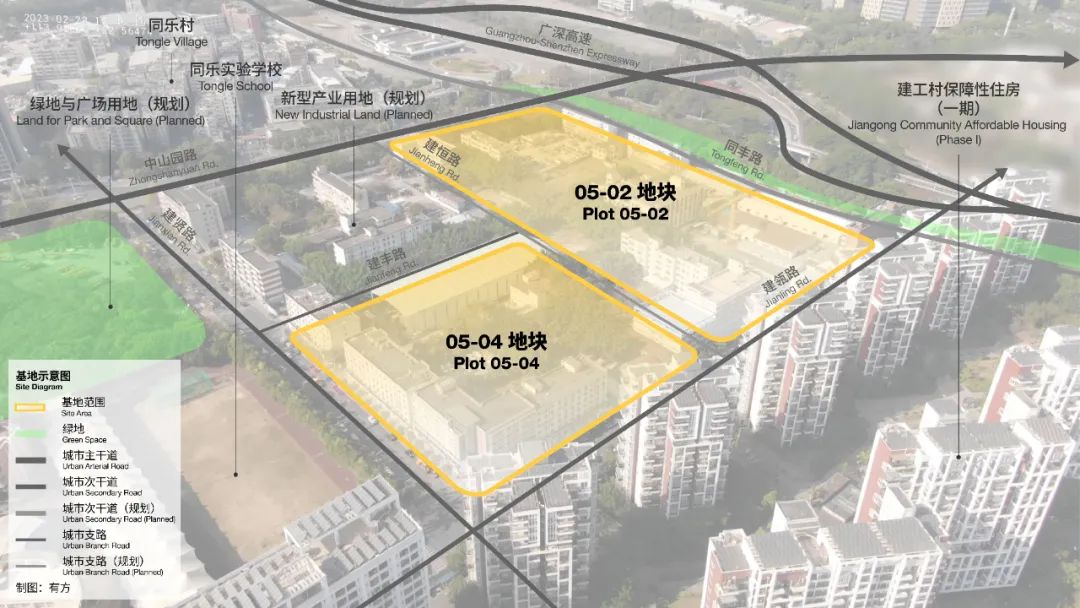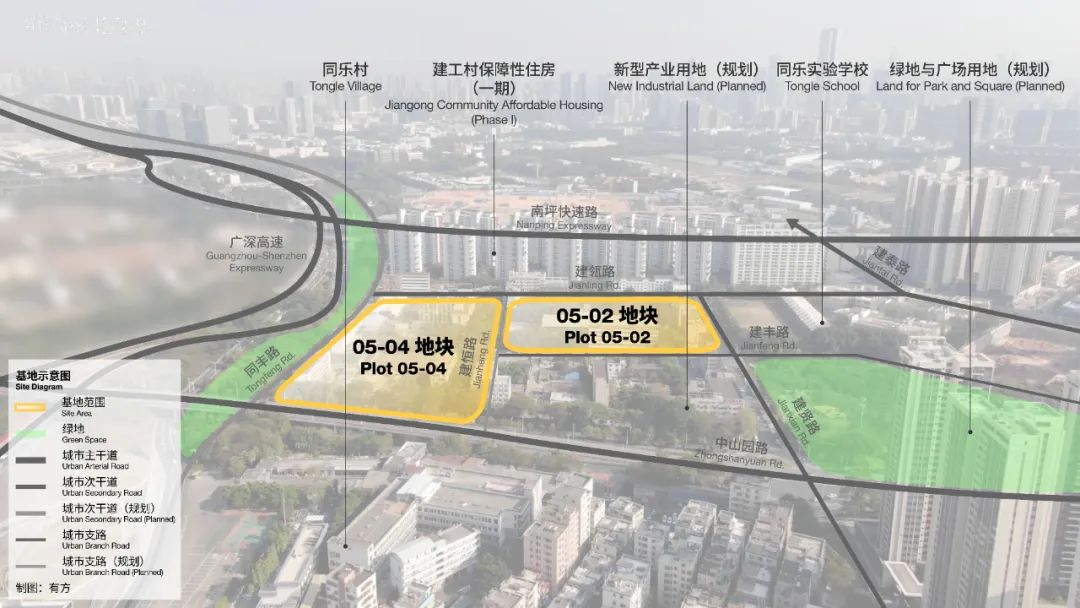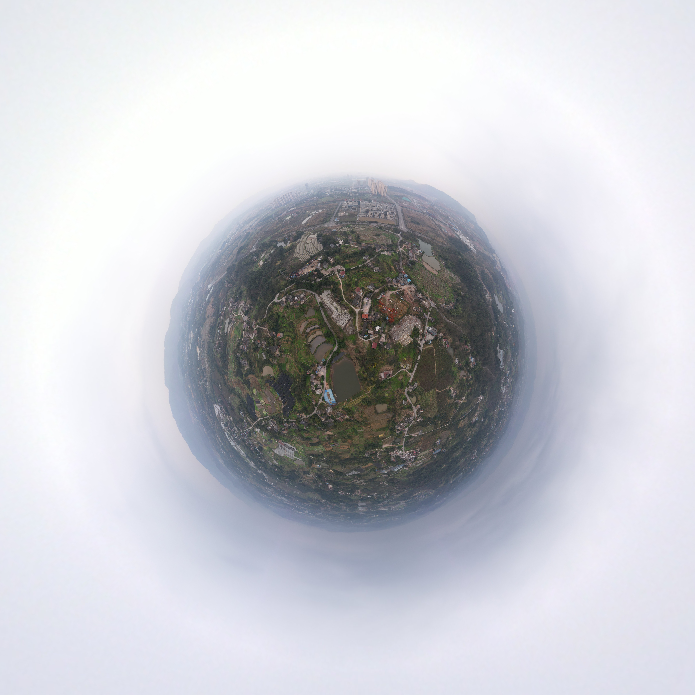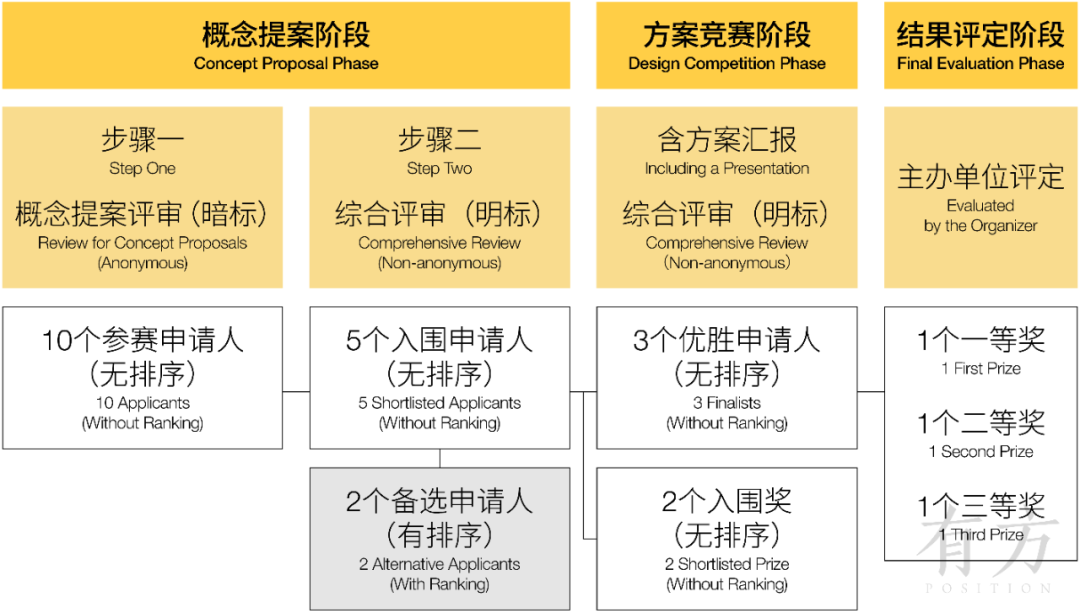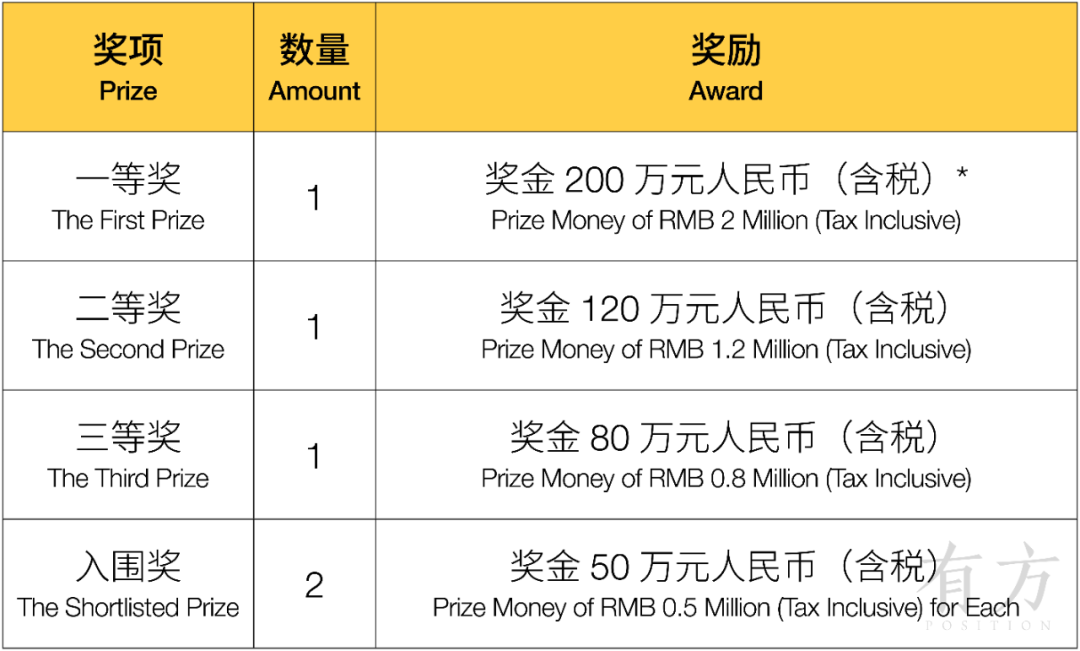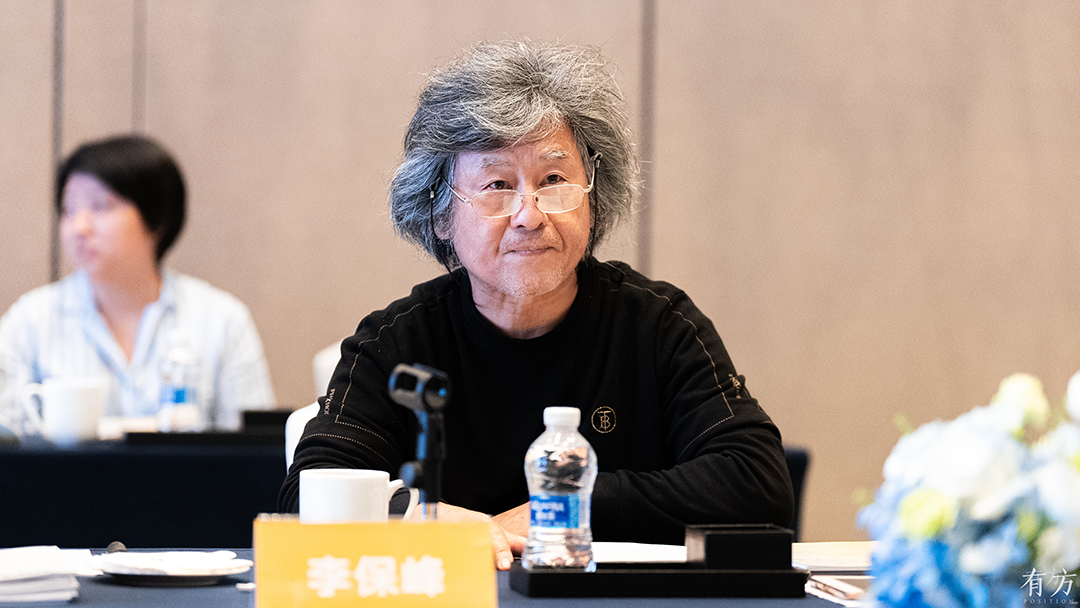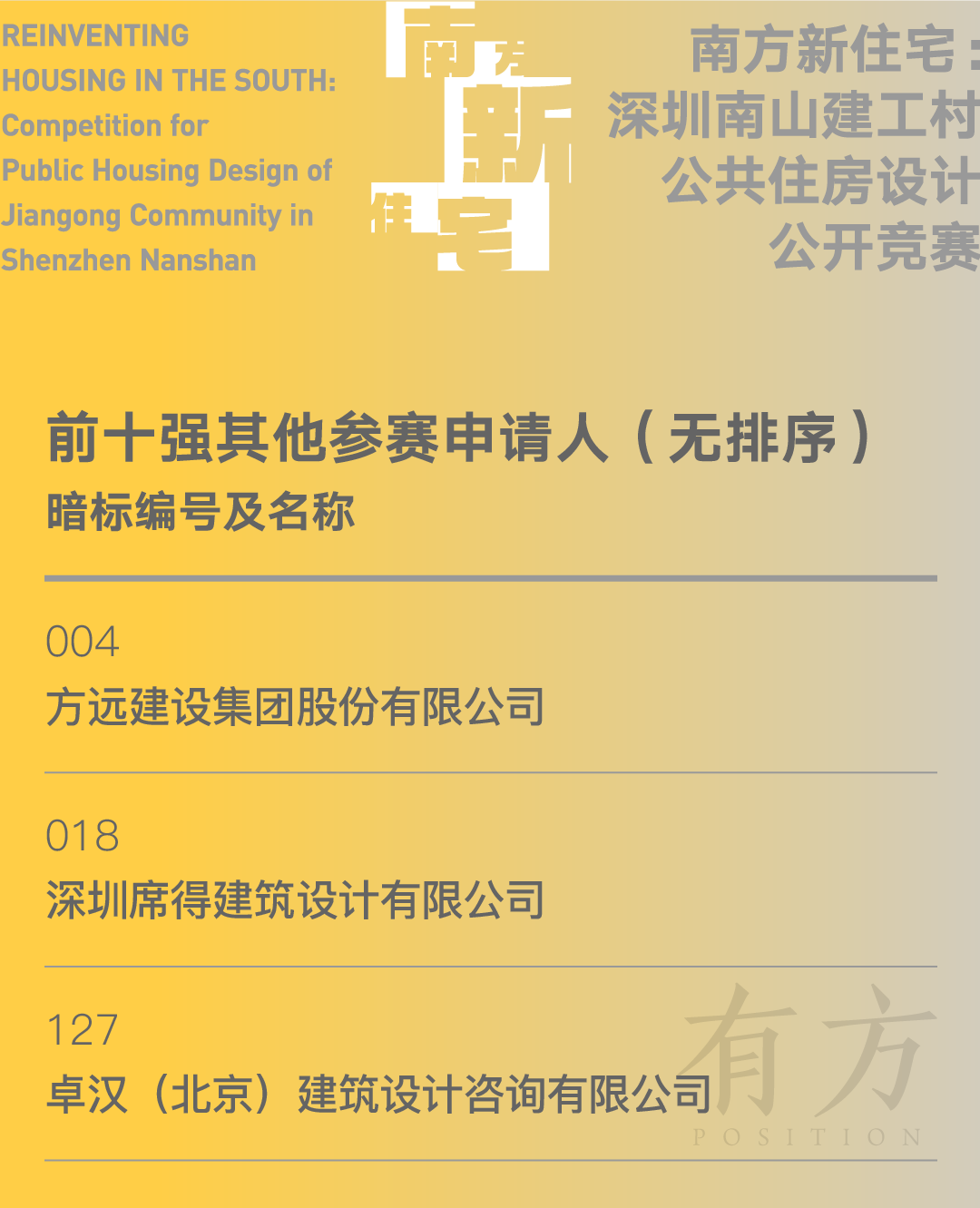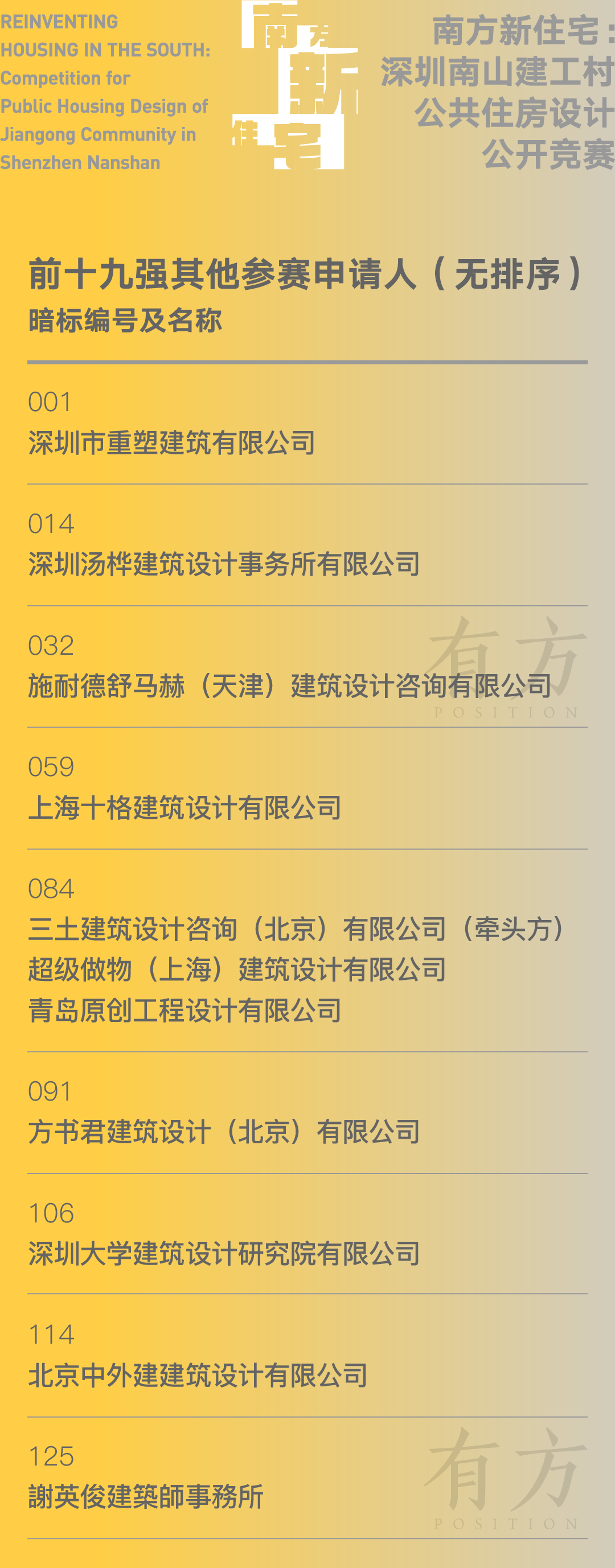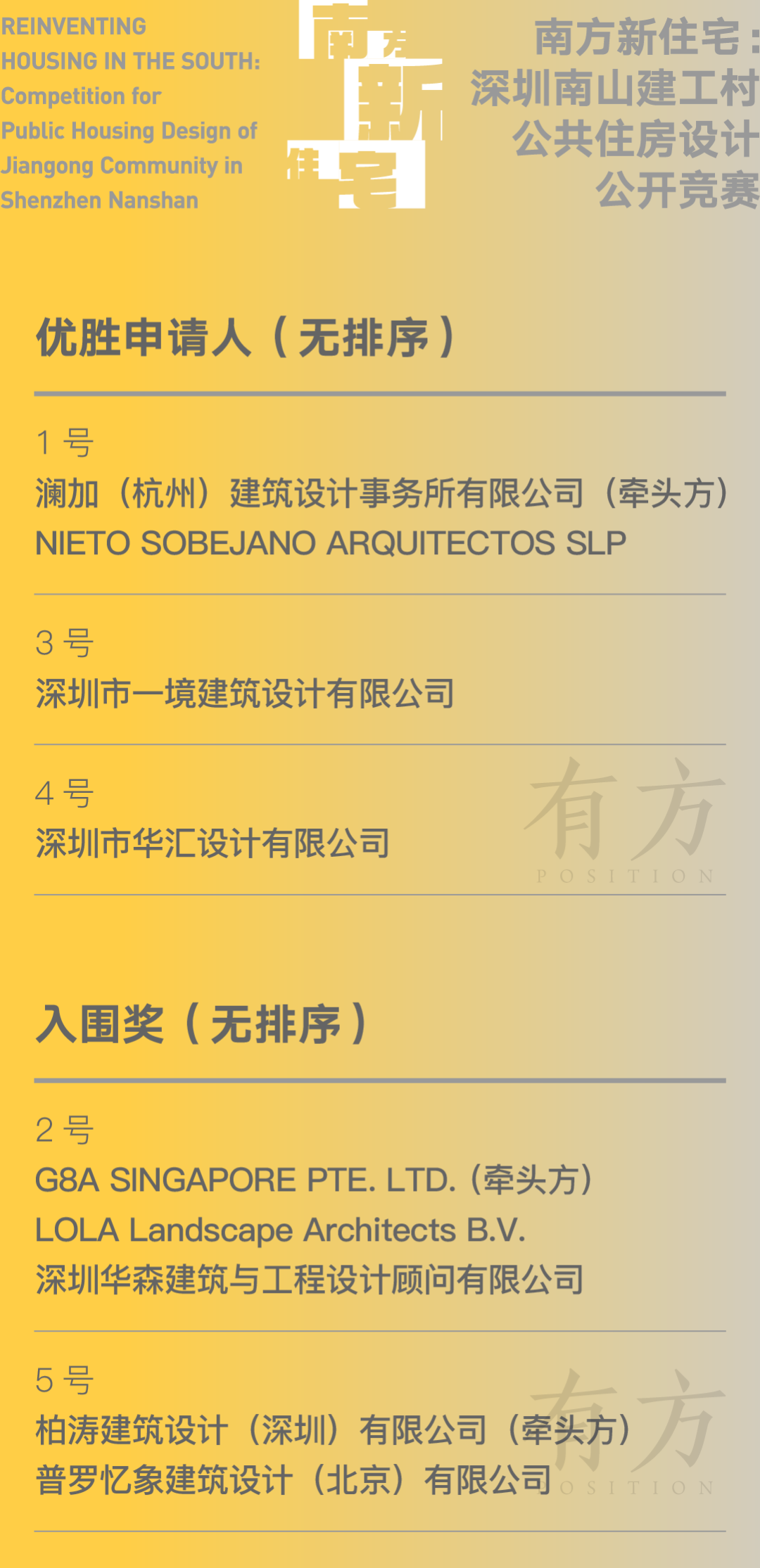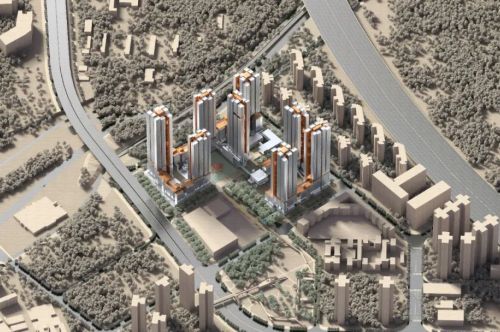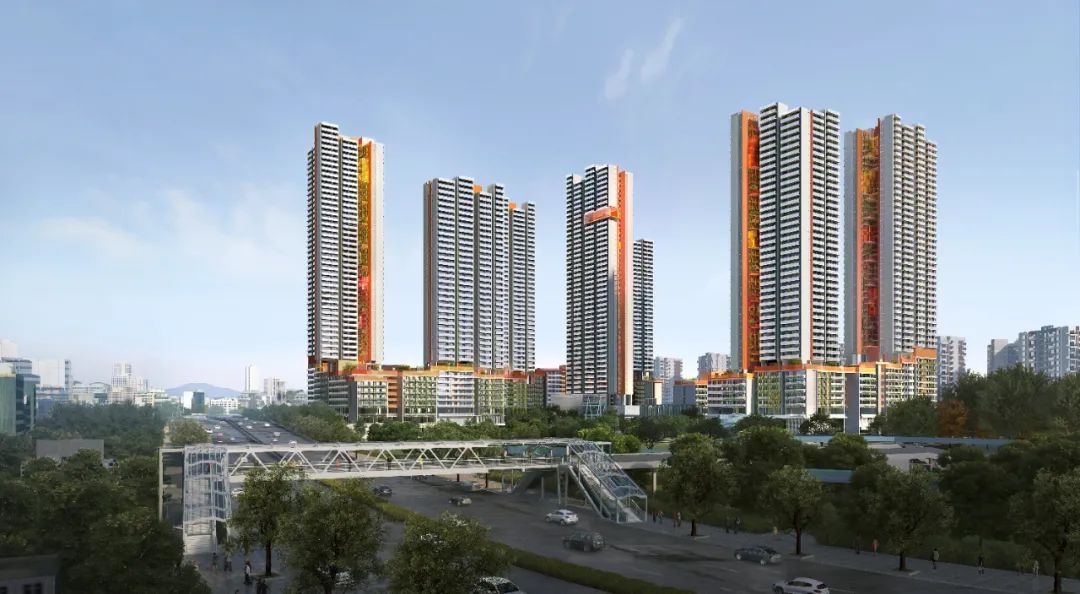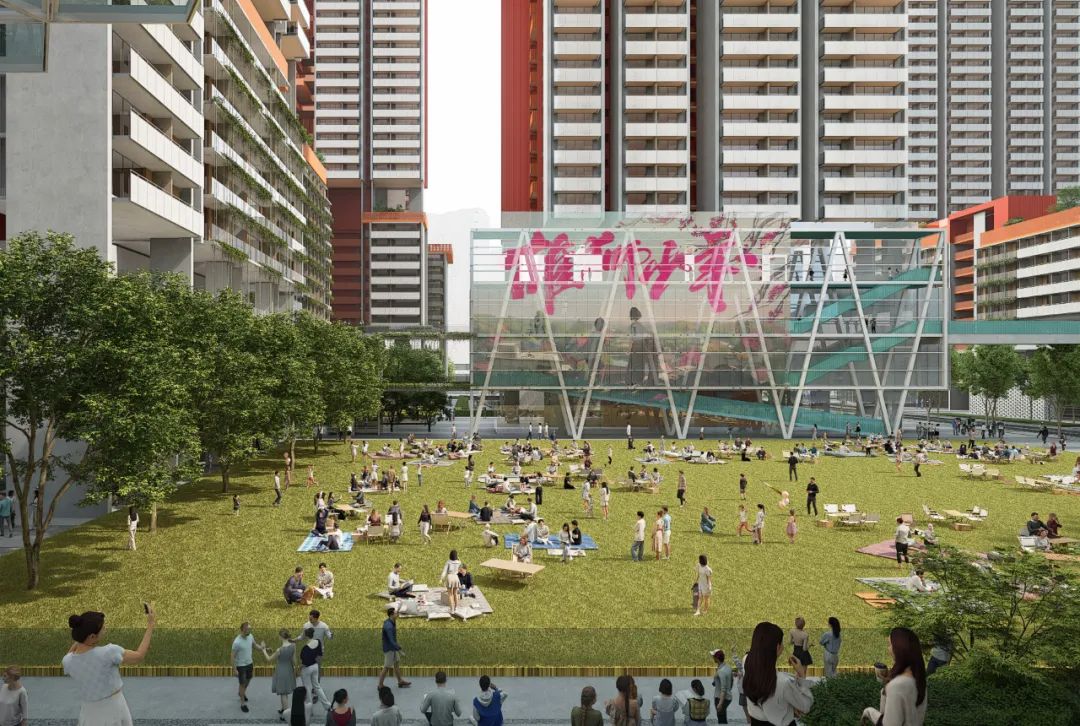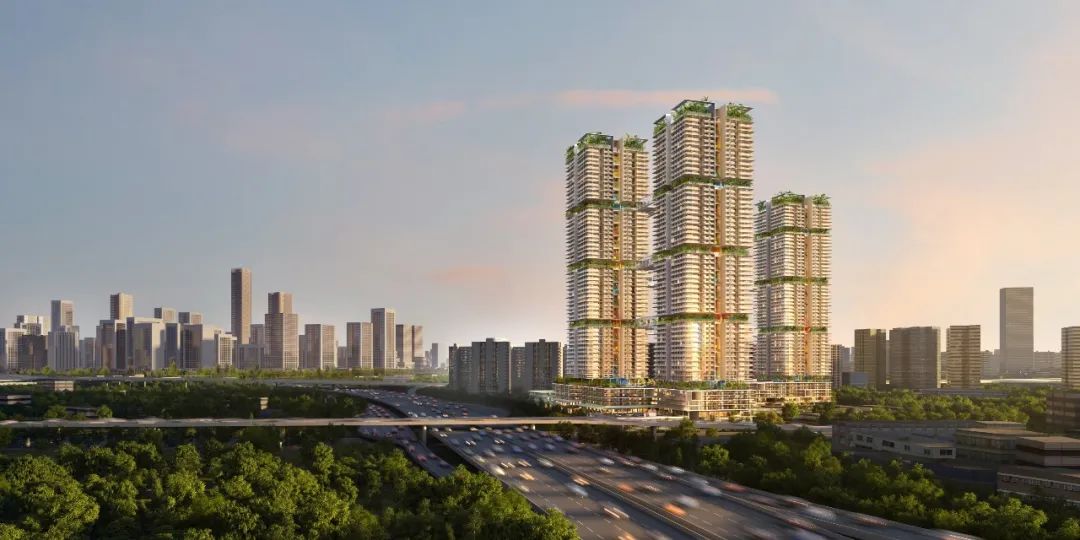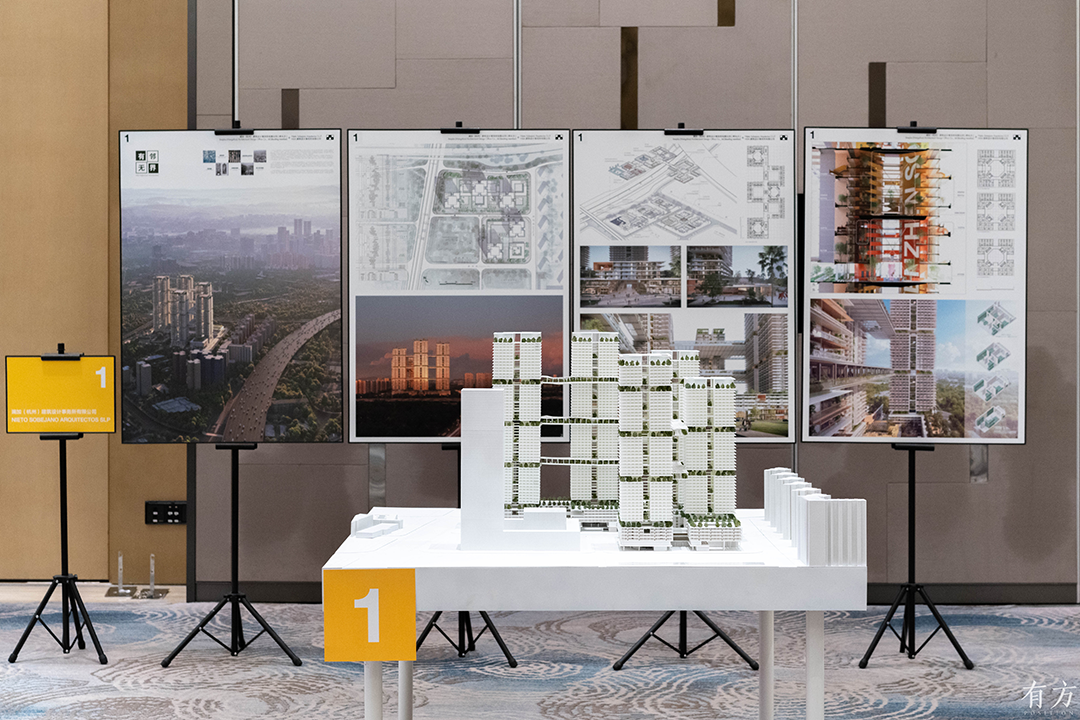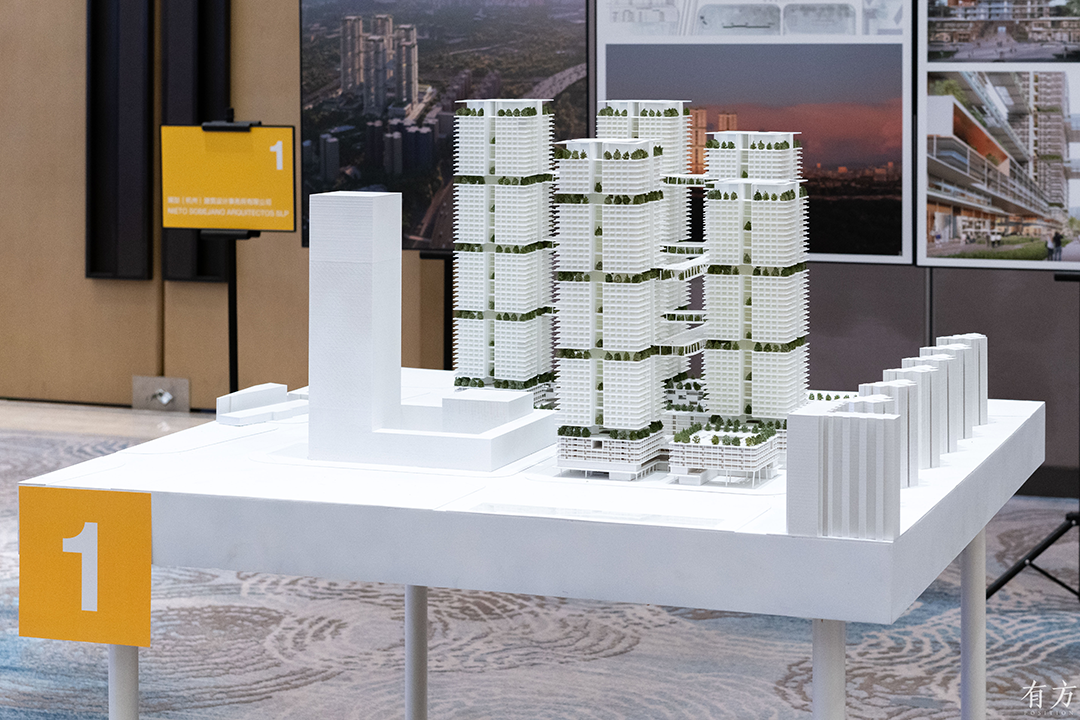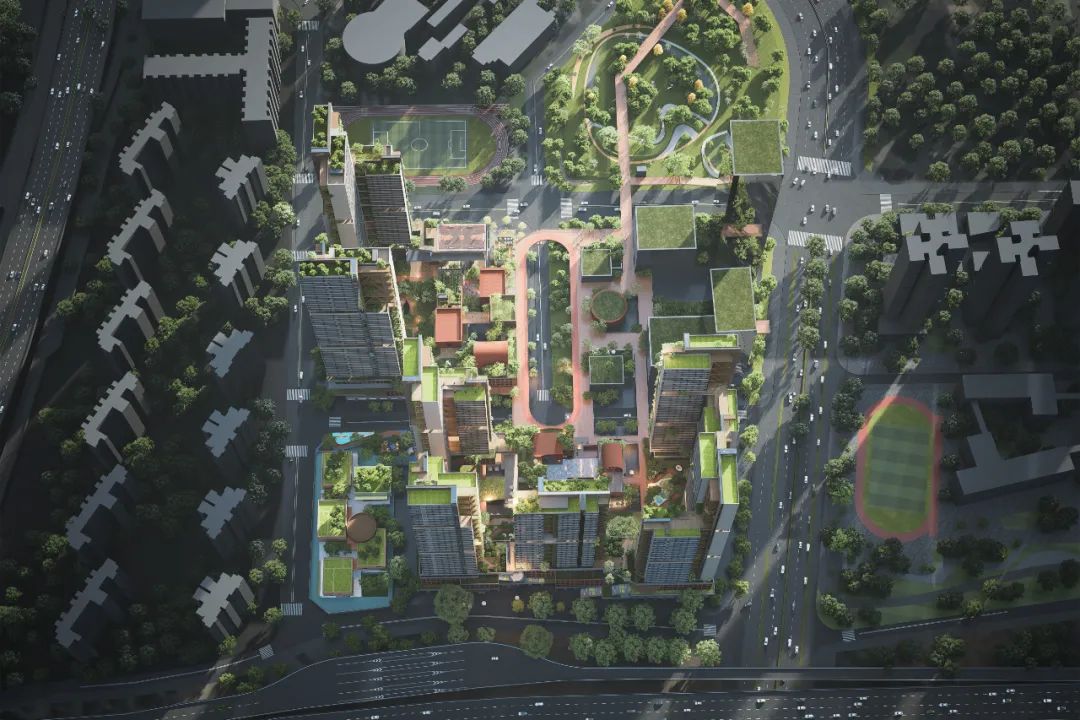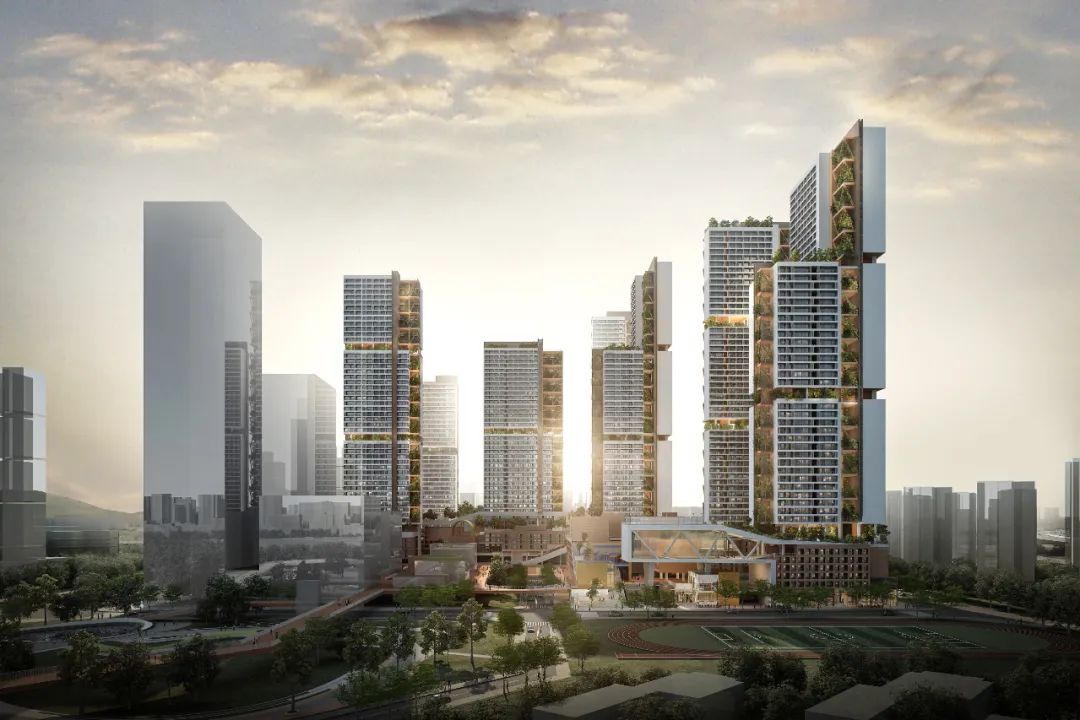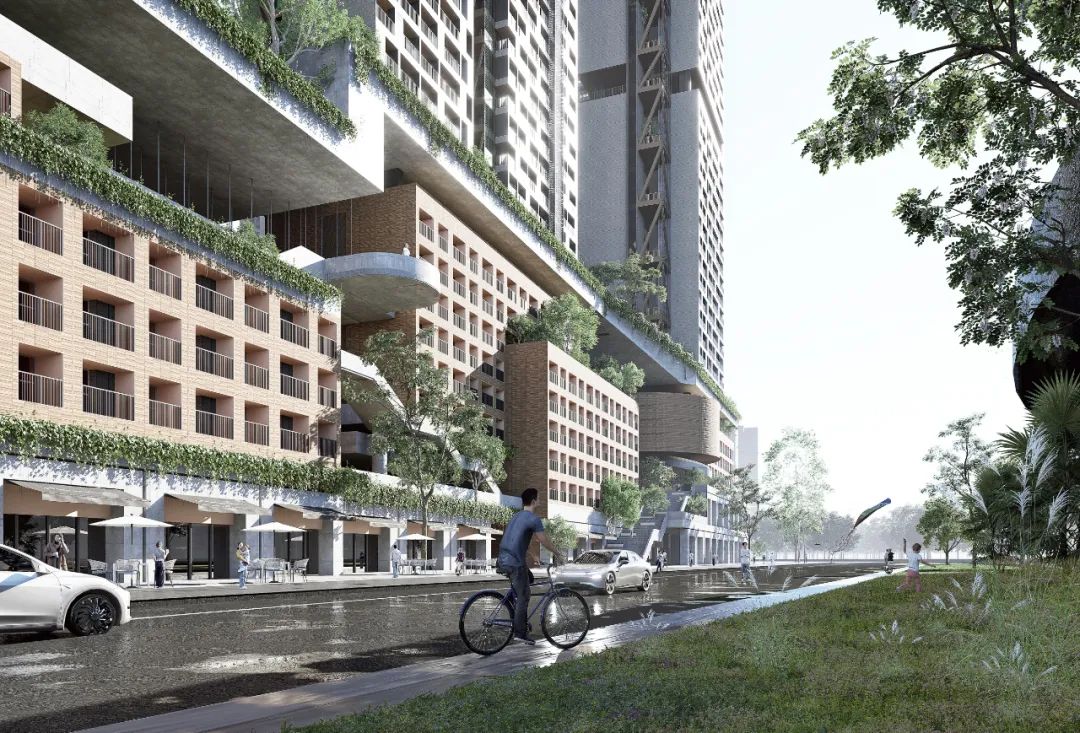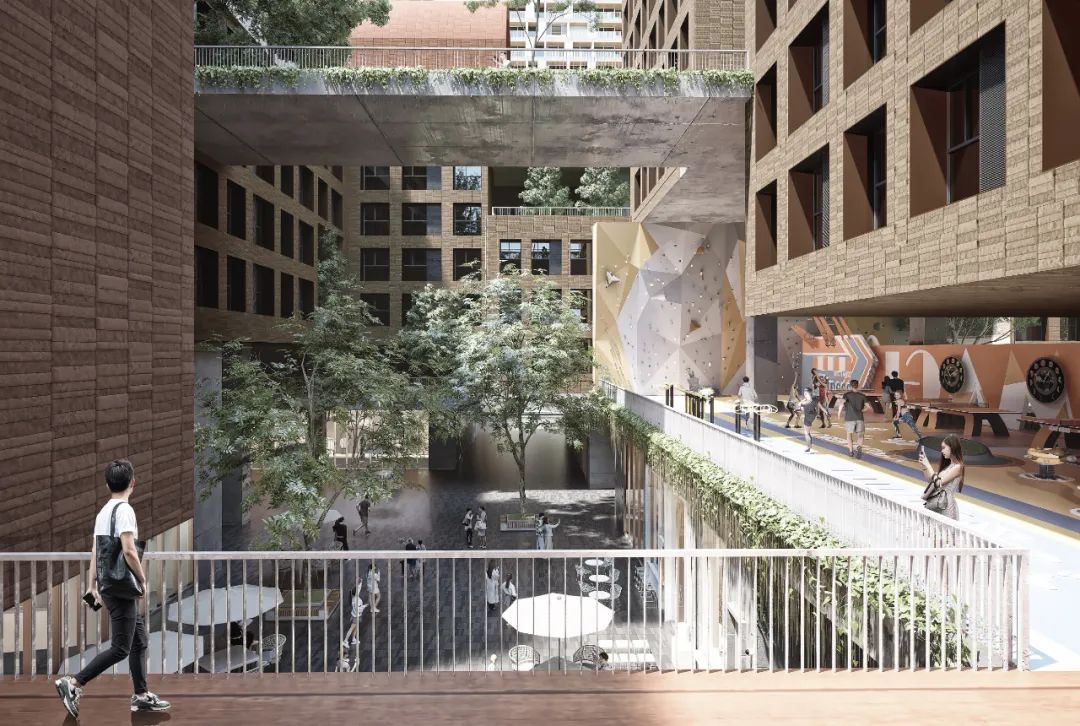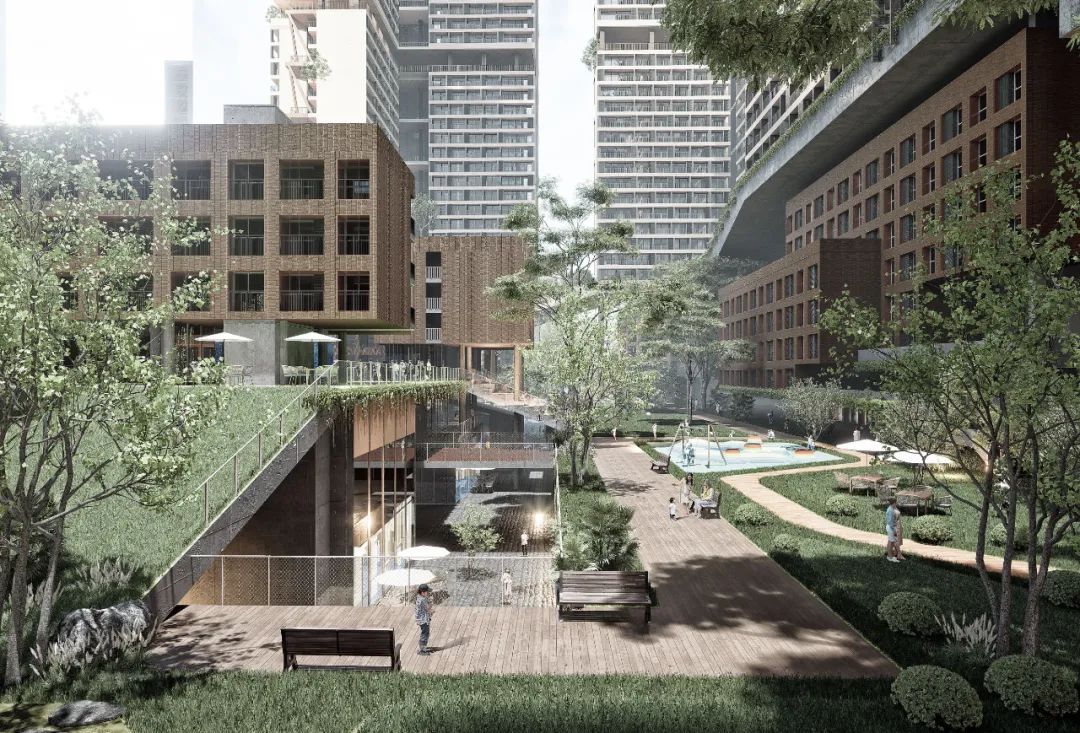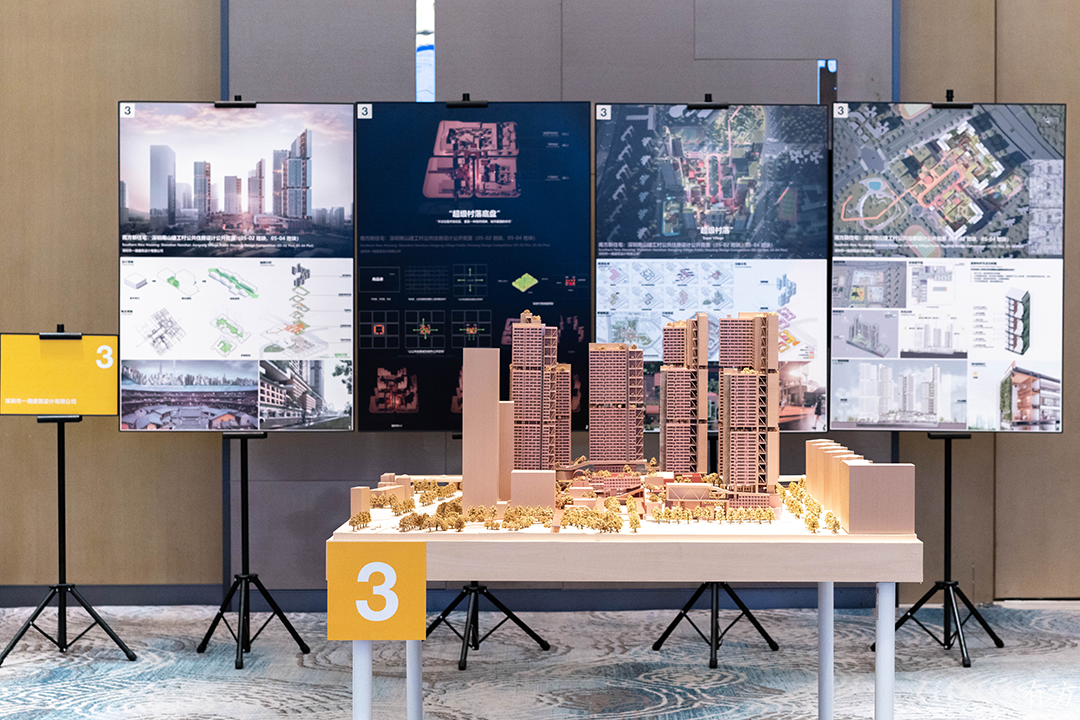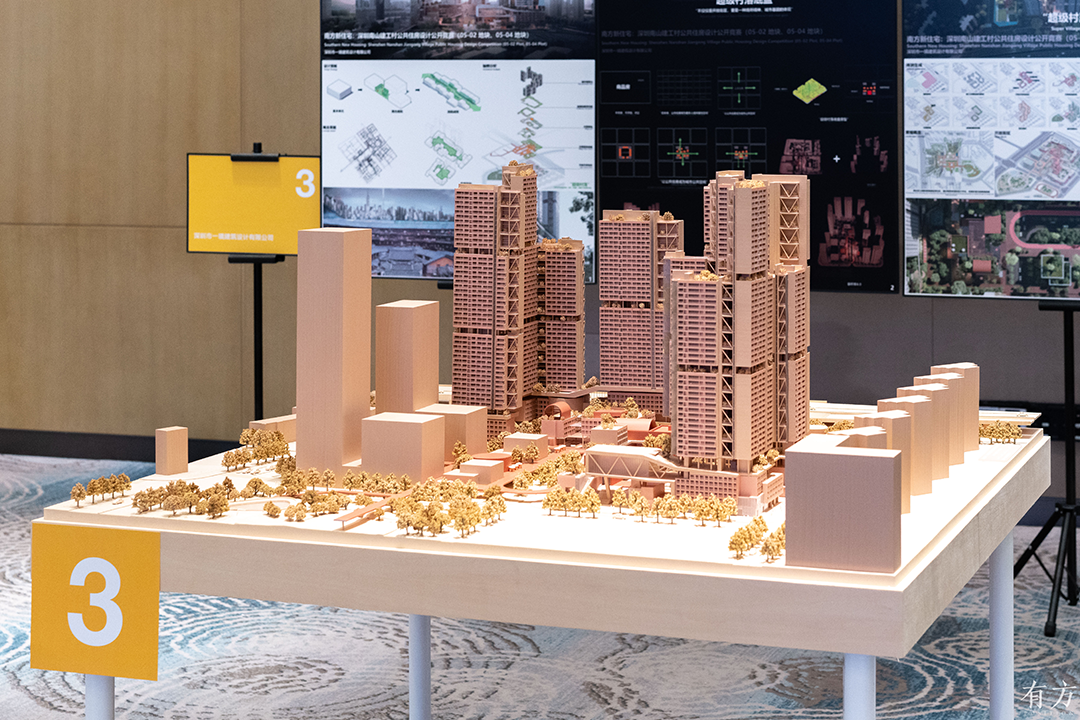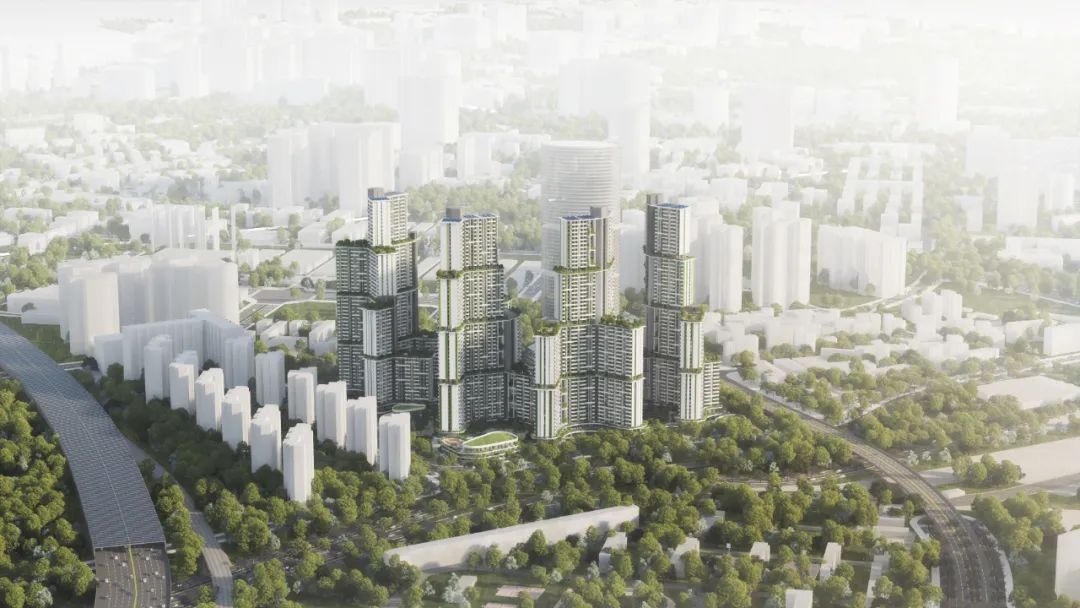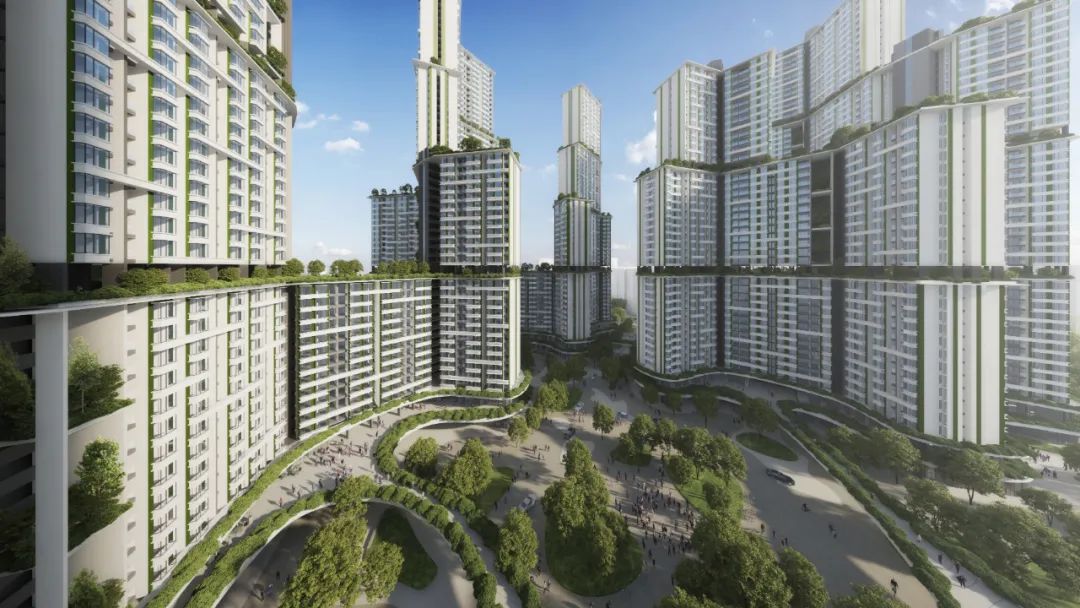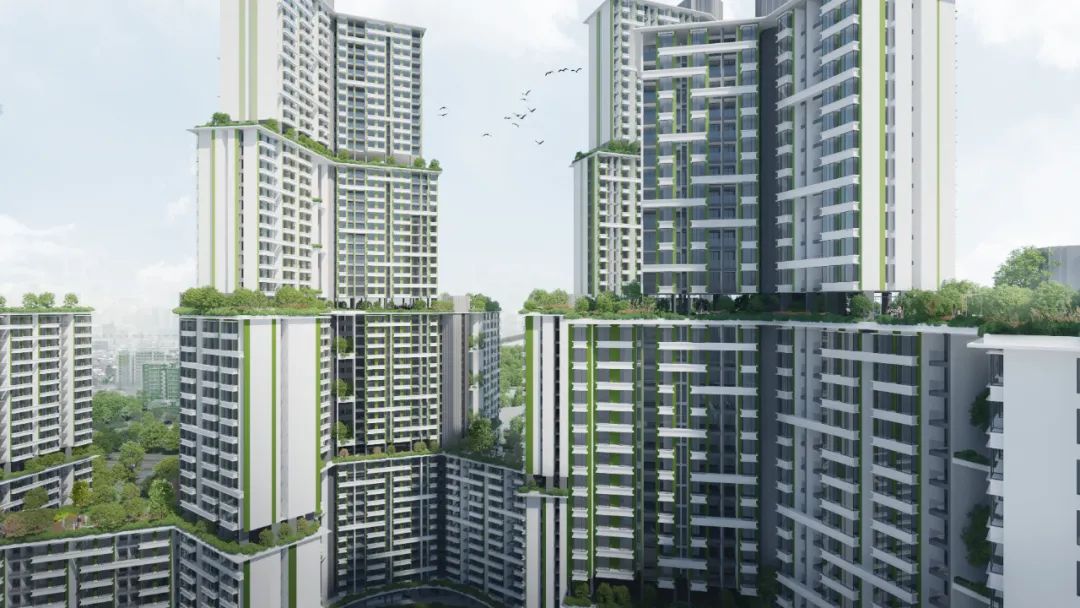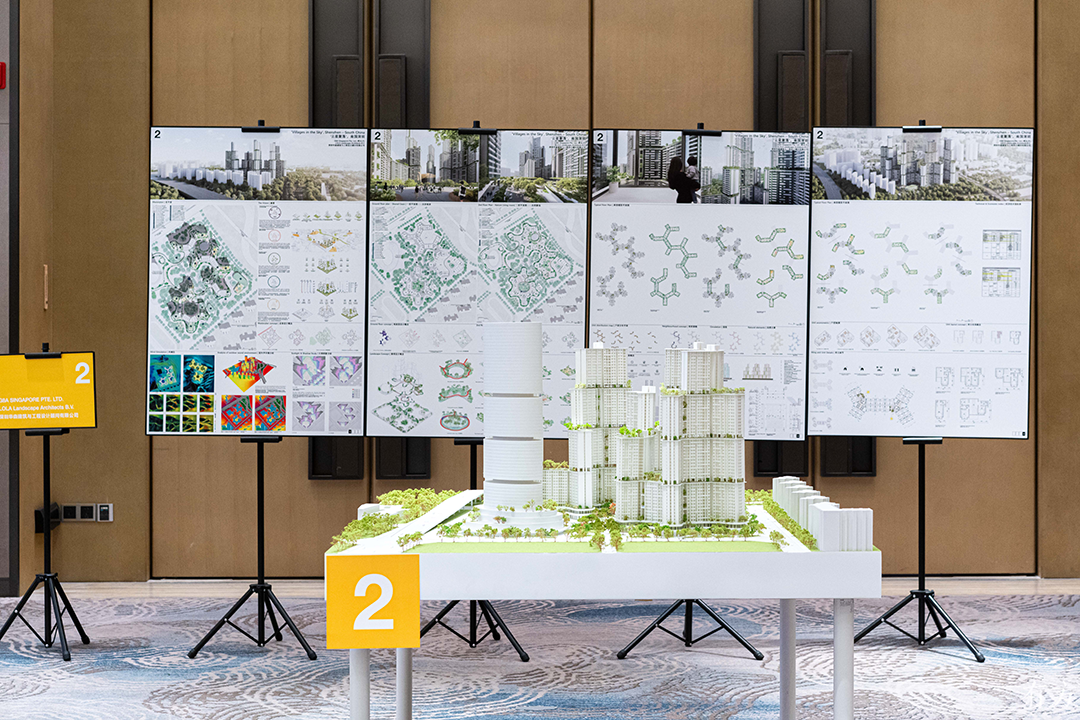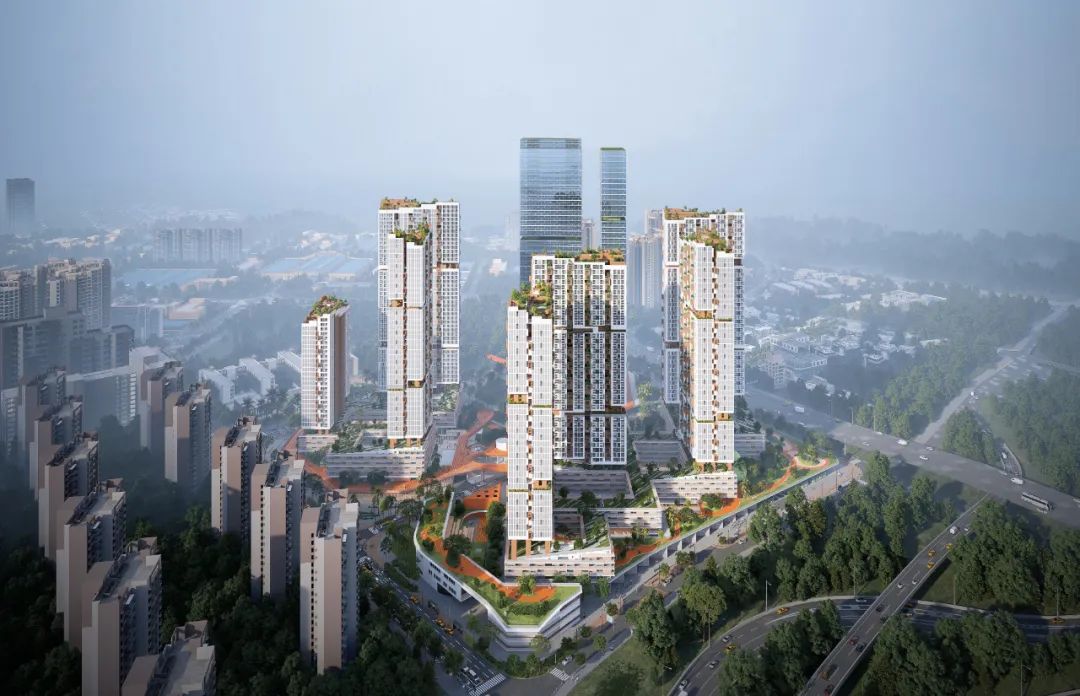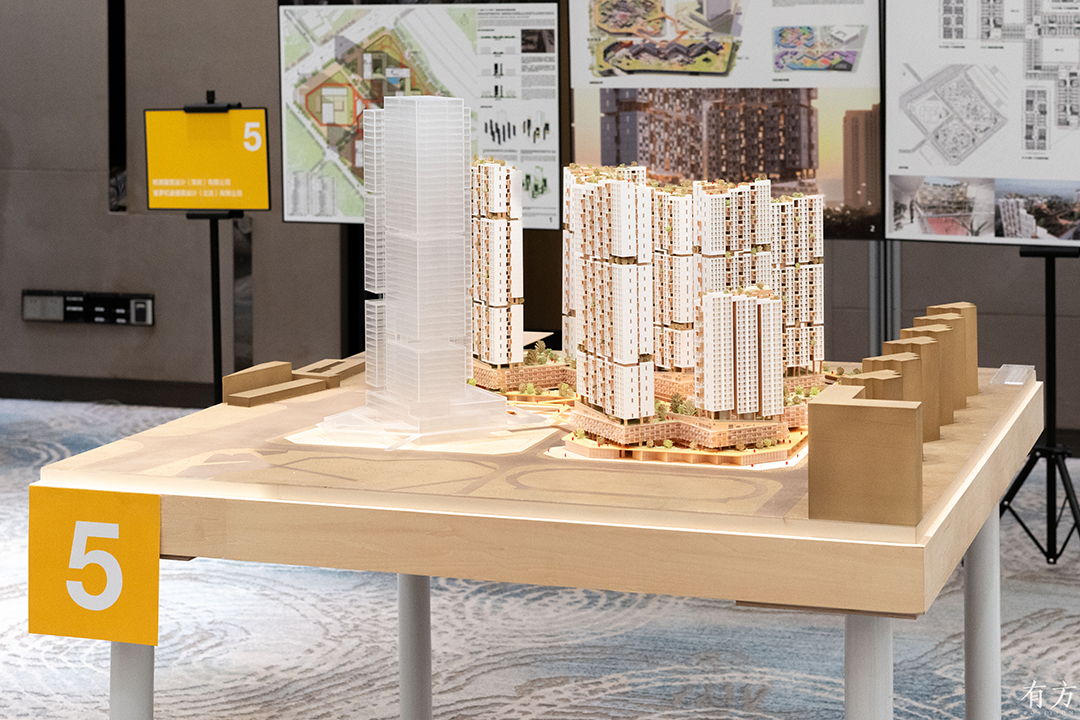设计合同内容及设计费Work Contents of Design Contract and the Design Fee
供参考,最终工作内容及设计费以实际签订的设计合同为准。
For reference only. The final work contents and the design fee are subject to the design contract actually signed.
设计合同工作内容
Work Contents of the Design Contract
设计合同工作内容涵盖本项目用地红线范围内方案设计及建筑专业初步设计阶段工作,包括:
The work contents of the design contract cover the schematic design and the architectural design development within the site boundaries, which include:
1. 方案设计;
Schematic design;
2. 建筑单专业初步设计;
Architectural design development;
3. 标准套型及重要公共空间的室内概念设计;
Conceptual interior design of standard unit types and important public spaces;
4. 景观概念设计;
Conceptual landscape design;
5. 其他专业初步设计及施工图设计配合,施工配合及效果把控,配合报批报建;
Cooperating in the design development of other professions, the construction drawings, the project construction, controlling the effect and cooperating in applications for official design development and construction approvals;
6. 主创设计师在后续设计深化及施工过程中提供必要的方案品质保障(主创设计师负责制),包括但不限于:
The chief designer should provide necessary project quality assurance in the process of design development and construction (Chief Designer Responsibility System), which includes but is not limited to:
1)主创设计师负责影响建筑重要效果的关键节点大样设计;
The chief designer is responsible for the design of the key architectural details which affect the important effect of the buildings;
2)主创设计师负责对建筑、室内、景观、幕墙、灯光、标识等影响设计总体效果的施工图设计或专项设计成果进行把控,并签字确认;
The chief designer is responsible for checking all construction drawings and special design results that affect the overall effect of the building, such as architectural design, interior design, landscape, curtain wall, lighting, signage, etc. The chief designer should sign to confirm;
3)主创设计师负责对影响项目效果的重要材料进行选材定样,协助解决施工中的设计技术问题,确保设计方案高品质实施。
The chief designer is responsible for the selection and sampling of important materials, and assist in solving technical problems during the construction, and ensure high-quality implementation of the design scheme.
各阶段工作内容及成果要求详见《设计任务书》。
Please refer to the Design Brief for details of the work content and result requirements at each stage.
设计费
Design Fee
本项目2个地块的设计费单独计算。各地块设计基本收费以暂定建安费作为工程设计收费计费额进行计算,结算时以概算批复的建安费作为工程设计收费计费额进行计算。设计基本收费参照国家发展计划委员会、建设部制定的《工程勘察设计收费标准》(计价格[2002]10号),计取专业调整系数1,工程复杂程度调整系数1.15,附加调整系数1。本项目合同设计费取设计基本收费的40%。
The design fee for the 2 plots should be calculated separately. The contract design fee is calculated according to the tentative construction and installation fee of each plot as the billing base. The construction and installation fee approved in the estimate document will be the final billing base during project settlement. The calculation rules are as follows: The basic design fee of the project is calculated according to the Engineering Survey and Design Charge Standard (Price [2002] No. 10) formulated by the State Development Planning Commission and the Ministry of Construction. The total basic design fee of the project is calculated with the coefficient of specialty as 1, the coefficient of engineering complexity as 1.15, and the additional adjustment coefficient as 1. This contract design fee shall be 40% of the total basic design fee of each plot.
05-02地块暂定建安费177503万元人民币,以此计算的该地块合同设计费为1834万元人民币。
Based on the tentative construction and installation fee of Plot 05-02 which is RMB 1775.03 million, the contract design fee is RMB 18.34 million.
05-04地块暂定建安费103242万元人民币,以此计算的该地块合同设计费为1132万元人民币。
Based on the tentative construction and installation fee of Plot 05-04 which is RMB 1032.42 million, the contract design fee is RMB 11.32 million.
2个地块设计费暂定共计2966万元人民币。
The total design fee of the 2 plots is tentatively RMB 29.66 million.
一等奖获奖申请人如已获得竞赛奖金,最终签订合同的设计费为按上述规则计算并扣除已获得奖金之后的金额。设计费以最终审计部门批复为准。
If the First Prize winner has already received the prize money, the design fee of the contract finally signed will be calculated according to the rules above and the prize money will be subtracted. The design fee will be subject to that finally approved by the audit department.
